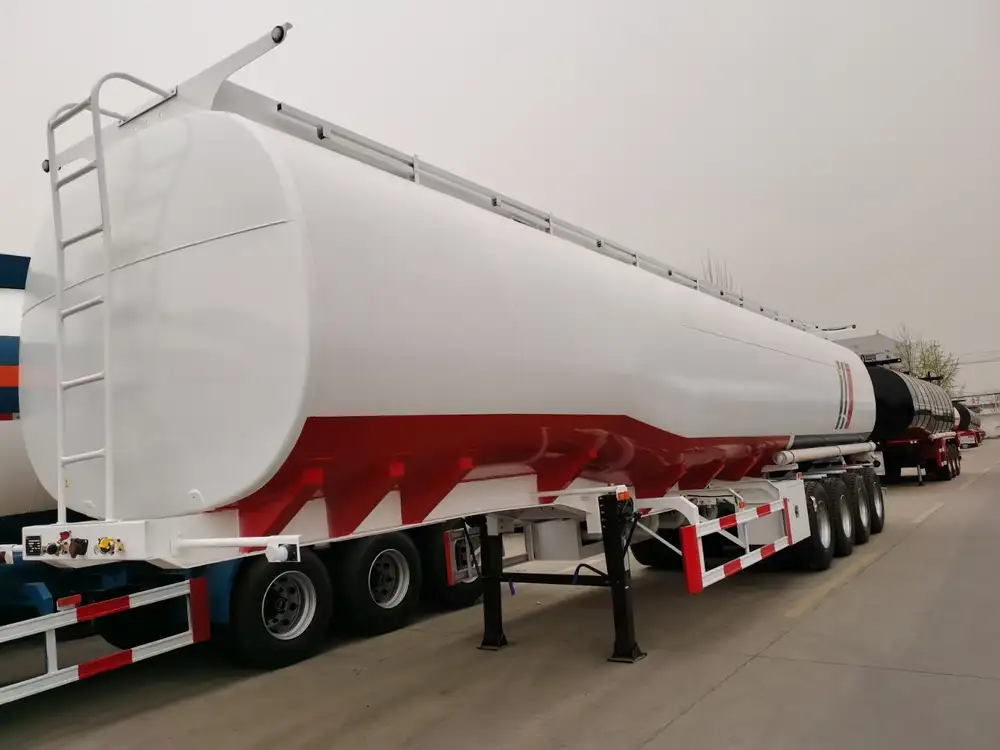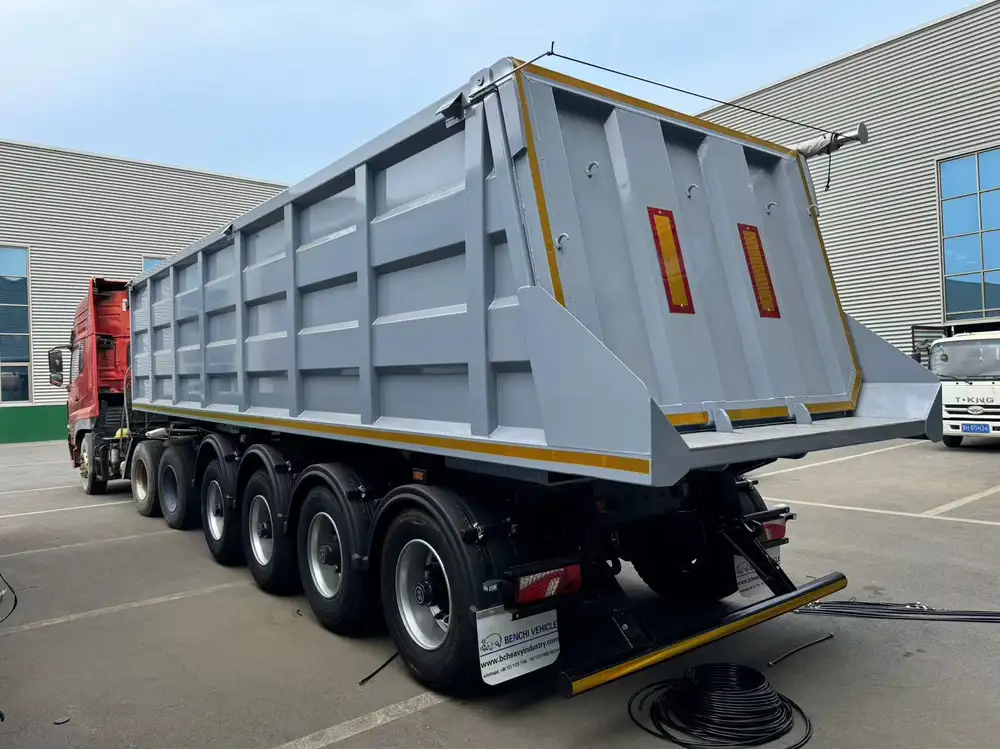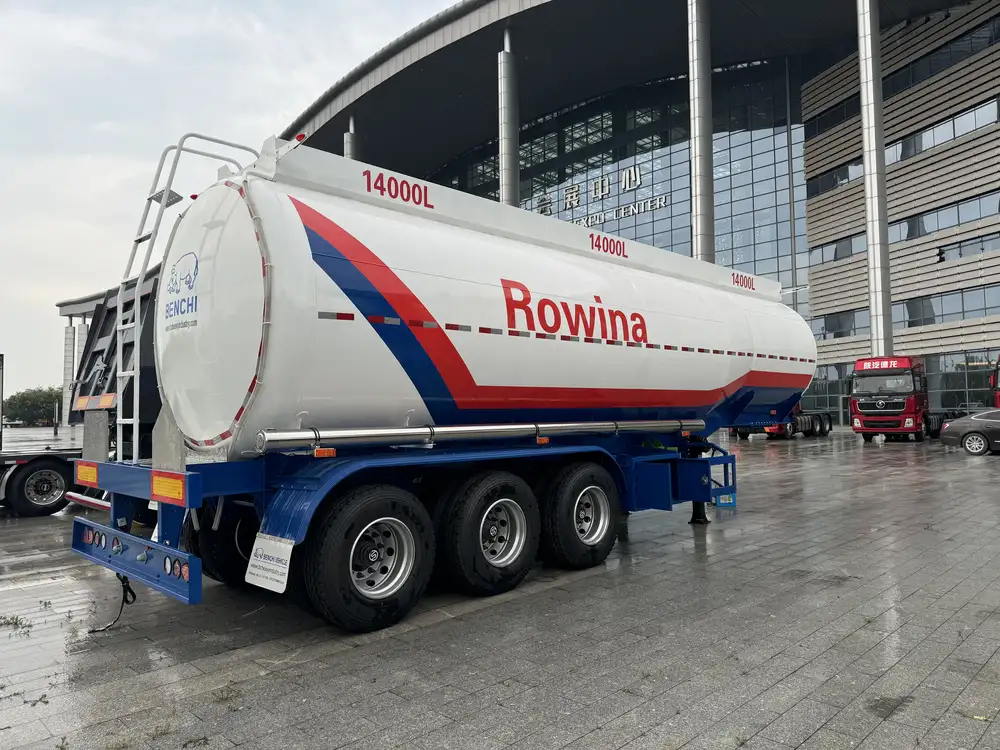Proper maintenance and adjustment of semi-trailer brakes are imperative for safety on the road. The significance of optimal brake adjustment cannot be overstated; improper settings can lead to severe consequences, including accidents, increased tire wear, and elevated operating costs. This guide is designed not just to inform but to empower, detailing the best practices for adjusting semi-trailer brakes effectively.
Understanding the Importance of Brake Adjustment
When we discuss how tight to adjust semi-trailer brakes, it is essential to understand the mechanics behind brake systems and the implications of their adjustment levels. Semi-trailer brakes primarily utilize an air brake system that consists of:
- Brake Chambers: Convert air pressure into mechanical force.
- Slack Adjusters: Help set the proper gap between the brake shoes and drums.
- Brake Shoes: Generate friction against the brake drum to slow or stop the vehicle.
Factors Affecting Brake Adjustment
Adjusting brakes isn’t a one-size-fits-all process. A variety of factors must be considered, such as:
- Weight of the Load: Heavier loads require more braking force and may necessitate different adjustment settings.
- Type of Terrain: Steep inclines and declines can affect how brakes perform and wear over time.
- Frequency of Use: High usage in frequent stop-and-go conditions can lead to faster wear and require regular adjustments.
- Environmental Conditions: Wet, icy, or mud-laden domains can impact not just brake function but also how tangentially adjustments are made.

How to Determine the Right Adjustment for Semi-Trailer Brakes
Step-by-Step Adjustment Process
To achieve optimal brake performance, we must follow a systematic approach. Below is a structured method to ensure you adjust your semi-trailer brakes appropriately:
| Step | Action Item | Description |
|---|---|---|
| 1 | Inspect Components | Before making any adjustments, inspect the brake chambers, slack adjusters, and brake shoes for wear or damage. Any compromised parts should be replaced. |
| 2 | Position the Trailer | Ensure the semi-trailer is on level ground with adequate space for adjusting the brakes. |
| 3 | Adjust Slack Adjusters | Using a wrench, turn the adjusting bolt on the slack adjusters. Ensure you turn it enough for the brake shoes to remain just a bit away from the drum, preventing dragging. |
| 4 | Test the Brake System | After making adjustments, depress the brake pedal to check for responsiveness. Ensure that the trailer comes to a stop without excessive resistance or movement. |
| 5 | Final Check | Verify that there is an ample gap between the brake shoes and drum to prevent overheating, while ensuring that each wheel rotates freely when brakes are released. |
Ideal Gap Settings for Semi-Trailer Brakes
Establish the optimal gap to ensure that the semi-trailer brakes function correctly. The following ranges can serve as a practical guideline:
- Brake Shoe to Drum Clearance: A typical clearance setting is around 1/32 to 1/16 of an inch when the brakes are released. This gap allows for effective functioning while minimizing wear.
- Slack Adjusters Positioning: Ensure that slack adjusters maintain their range within manufacturers’ specifications, typically no more than 1/4 of an inch.

Common Issues Related to Brake Adjustment
Identifying and addressing potential problems is vital for vehicle uptime and safety. Below are commonly encountered issues stemming from improper brake adjustments.
Uneven Braking
This issue arises when brakes on different wheels respond inconsistently, usually due to flawed adjustment procedures. Indicators of uneven braking include:
- Pulling to one side during a stop
- Irregular tire wear patterns
To rectify this, regularly check and adjust each brake mechanism to ensure coherence across all wheels.
Brake Fade
Inconsistent adjustment can lead to brake fade, particularly under heavy use. This phenomenon occurs when brakes overheat—often a result of excessive friction from too-tight settings. A common sign is a retracement of responsiveness when the brake pedal is applied.

Increased Stopping Distance
A direct consequence of poor brake adjustment is increased stopping distance. When brakes are not adequately tightened, the necessary force to slow down is compromised. This can result not only in longer stopping distances but also in greater wear on the braking system over time.
Air Pressure Issues
Brakes rely on a robust air supply for efficient function. Low pressure can compromise brake force and responsiveness, necessitating evaluation of air tanks and line integrity. Issues like leaks can be exacerbated if brakes are improperly adjusted, leading to wastage of resources and time.
Maintaining Semi-Trailer Brakes

Regular Inspection and Maintenance Schedule
To avoid problems associated with brake adjustment, establishing a regular maintenance schedule is critical. Here’s a recommended timeline for inspection:
| Frequency | Action Item | Notes |
|---|---|---|
| Weekly | Visual Inspection | Check for leaks in air lines and connections. |
| Monthly | Brake Adjustment Review | Verify the function and state of slack adjusters and check for signs of wear on brake shoes and drums. |
| Quarterly | Professional Service | Engage a qualified technician for a thorough inspection, including air brakes and replacing worn components. |
Tools Required for Brake Adjustment
Using the correct tools can make the adjustment process smoother and more efficient. Here’s a list of essential tools for semi-trailer brake adjustments:
- Torque Wrench: Allows accurate tightening to manufacturer specifications.
- Adjusting Wrench: Required to operate slack adjusters effectively.
- Air Pressure Gauge: Useful for ensuring proper brake system air pressure.
- Safety Equipment: Gloves, goggles, and appropriate footwear must be worn to safeguard against accidents during the adjustment process.
Myths About Brake Adjustment
Dispelling myths surrounding brake adjustment can prevent future accidents and costly repairs. Here are some common misconceptions:
Myth 1: Brakes Should Always Be Tight
The belief that brakes should be ultra-tight misunderstands friction dynamics; over-tight brakes lead to faster wear and reduced lifespan.Myth 2: All Trailers Require the Same Adjustments
This notion neglects the specificities relating to different trailer types, loads, and brake systems.Myth 3: Brake Adjustment Is a One-Time Event
Periodic checks and adjustments are crucial; wear and tear occur with use, and neglecting them can escalate into dangerous scenarios.

Conclusion: Ensuring Safety and Performance
In conclusion, the question of how tight to adjust semi-trailer brakes must be addressed not just with precision but with vigilance. By adhering to the guidelines outlined in this comprehensive guide, the risks associated with improperly adjusted brakes can be significantly mitigated. Regular maintenance, accurate adjustments, and an understanding of both equipment and environmental factors will ensure that your semi-trailer operates safely and efficiently. Embracing a proactive approach to brake adjustment is an investment in safety, performance, and economic efficiency in the long run.
For additional resources or to consult with professionals who can assist with specific needs related to semi-trailer brakes, please reach out to established manufacturers and service providers. Keep your fleet not just operational, but optimized for performance and safety.



